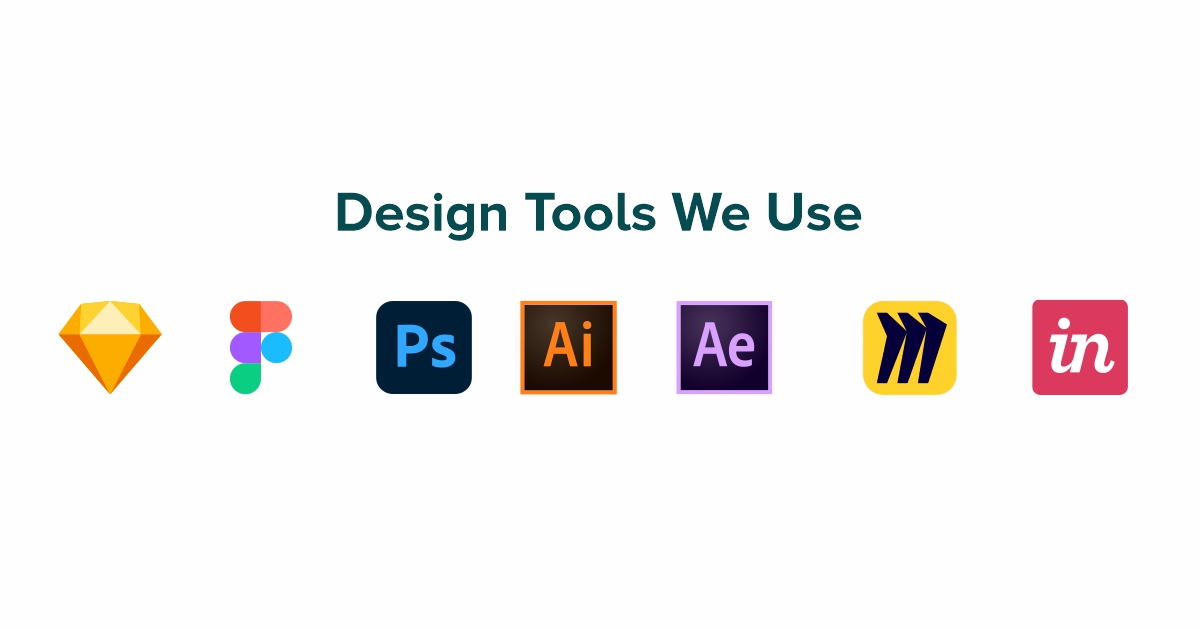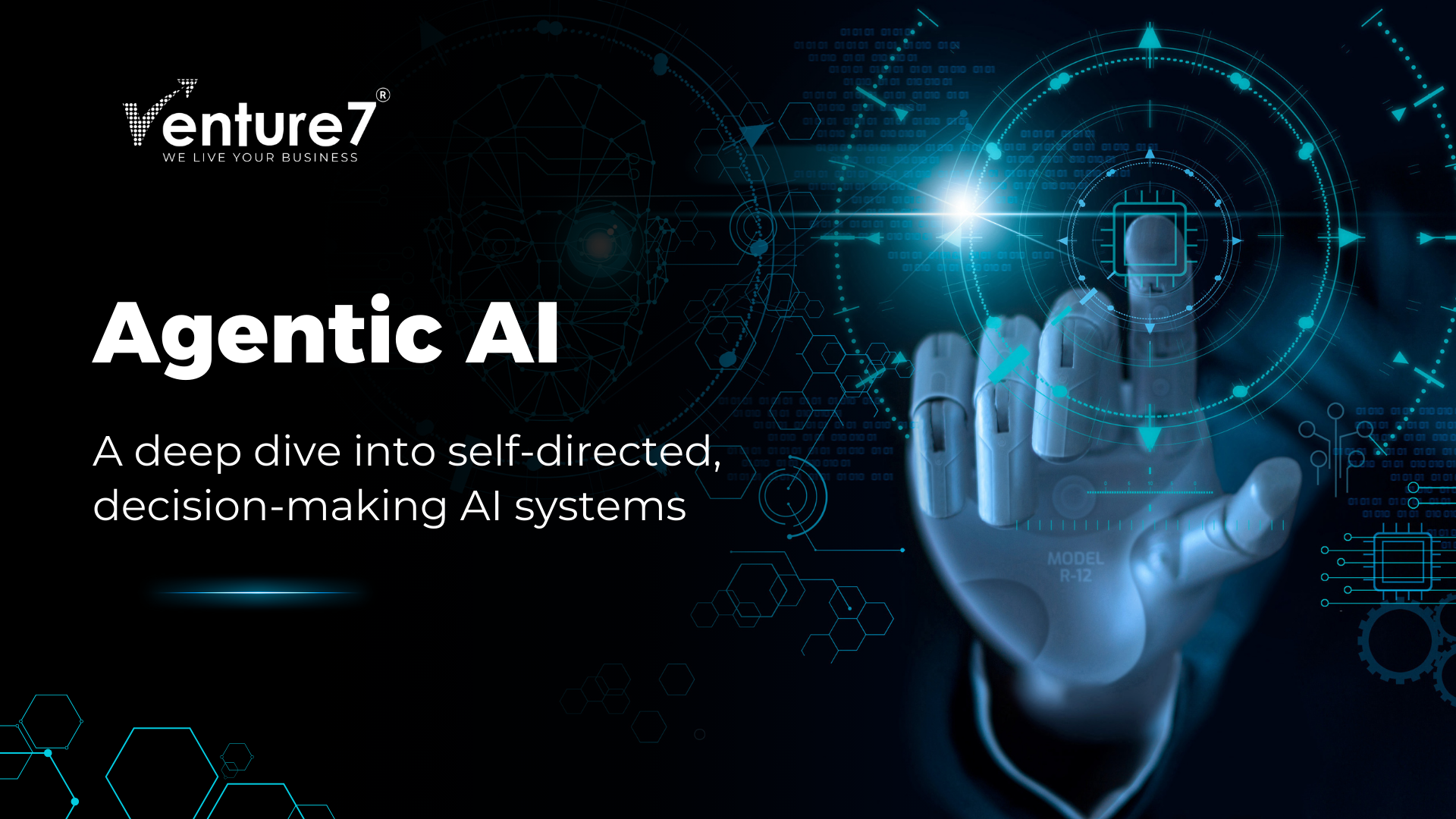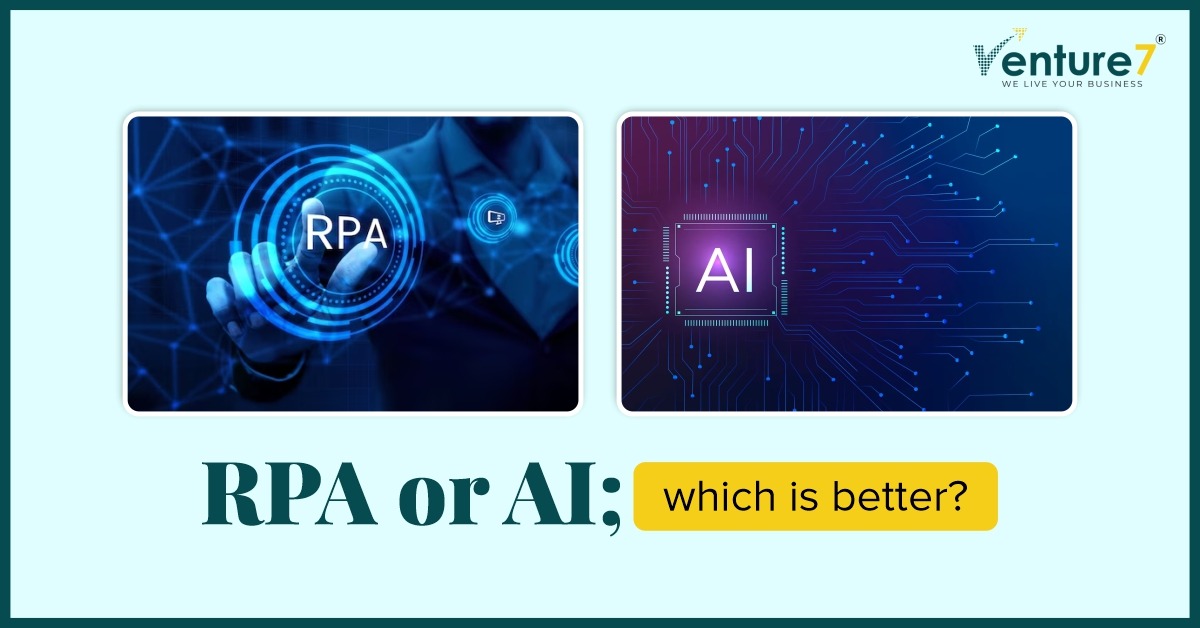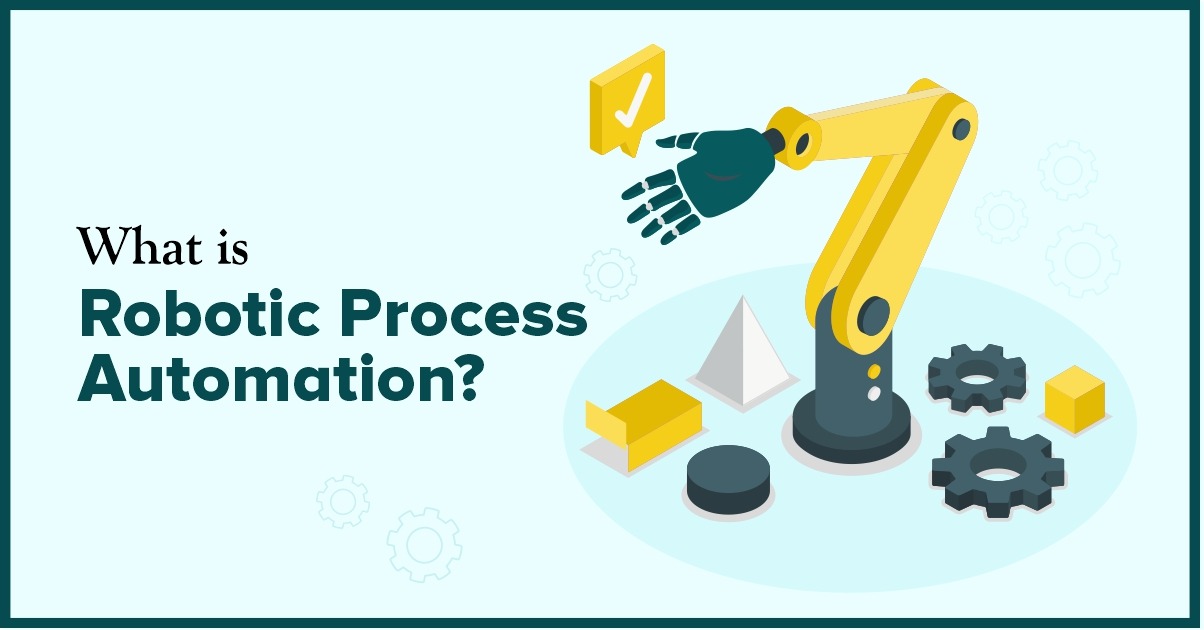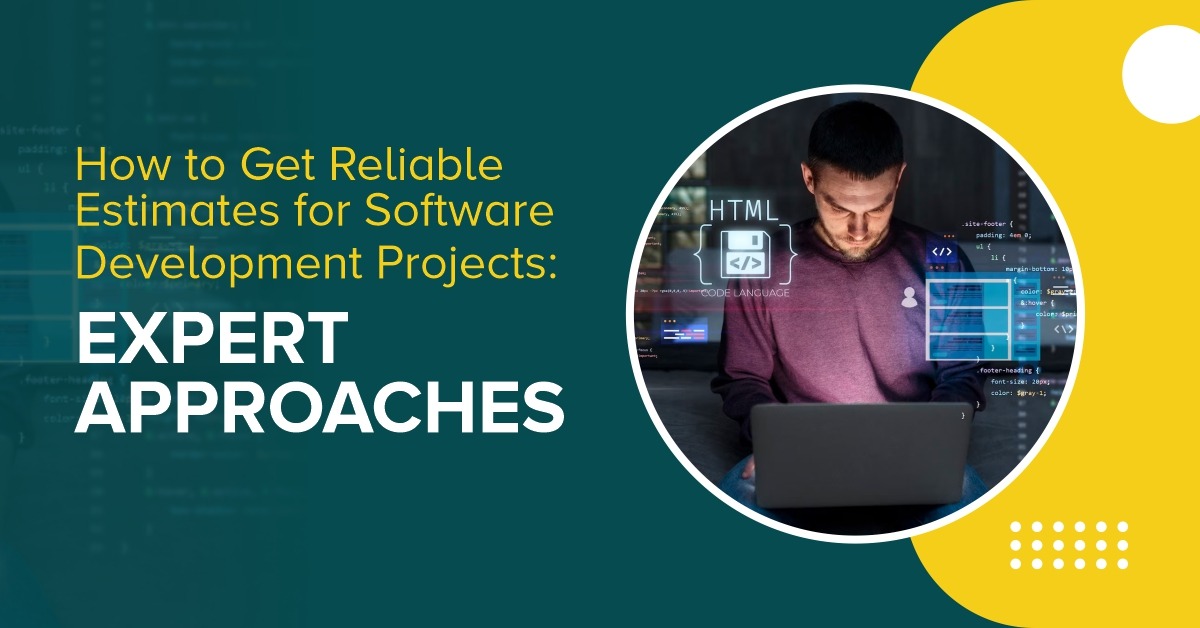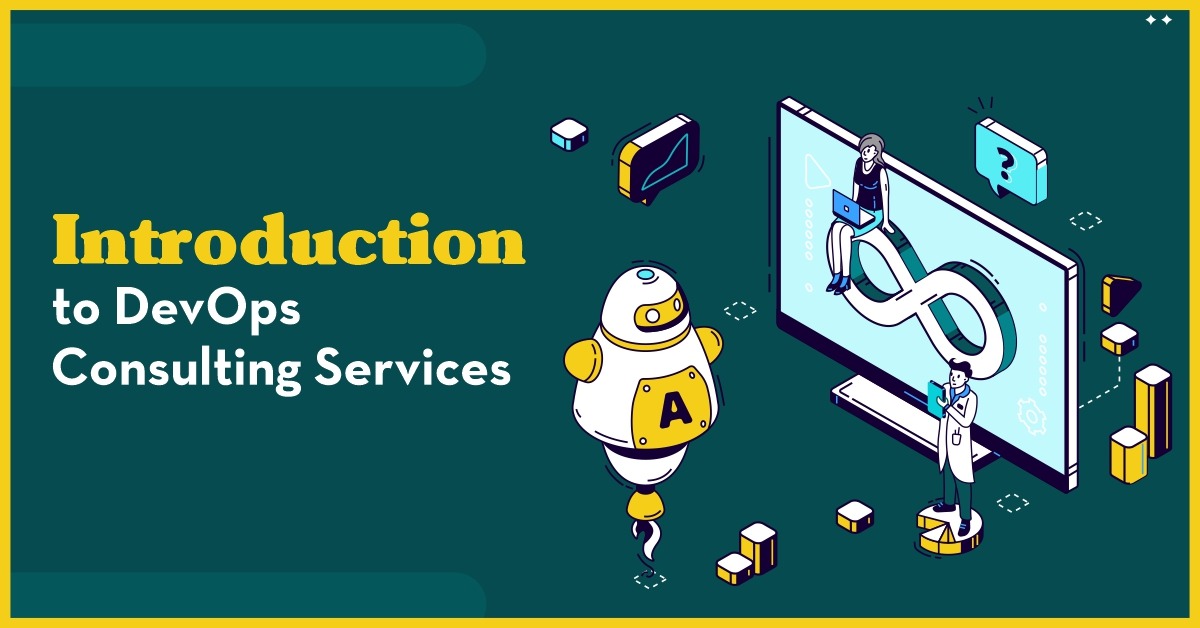UX Prototyping Services: Transforming Product Development with Cutting-Edge Innovation
UX Prototyping Services are an extensively employed method for assessing and appraising concepts during the initial phases of product development. It is the optimal approach to envision the forthcoming product, showcase it to clients, and attain invaluable feedback. Why should a company invest in UX prototyping Services? A study by IBM found that design-focused companies outperformed the S&P 500 index by 211% over 10 years. This underscores the financial benefits of design investments. According to McKinsey, companies prioritizing design in their products and services see a 32% higher revenue growth and a 56% higher total return to shareholders over five years than their counterparts. Greater investments in design lead to higher sales outcomes. What is the approach of the Venture7 design team towards designing solutions/ UX prototyping services? Venture7 comprises a team of skilled product designers who approach design solutions sequentially. This entails consistently testing design elements and versions and refining them as we progress. The result is a final product that boasts aesthetic appeal and serves as a valuable and beloved solution for our clients. Additionally, we incorporate a design lead that ensures strategic direction, aligning design efforts seamlessly with overarching goals. How does early prototyping prevent cost errors in advance? What is the difference between low-fidelity and high-fidelity prototyping? When should I use which option? The level of fidelity determines the level of detail in your prototype. To what degree has the design been elaborated? What’s the level of detail invested in the design? The design’s complexity depends on two factors. In the situations listed below, low-fidelity design is generally used: Early Concept Exploration Ideal Communication User-centric Prototyping In the situations listed below, high-fidelity design is generally used: User Experience Fine-Tuning Visual Design Refinement What are the design tools that Venture7 uses for its projects? The selection of tools for your project depends on the complexity of the product and the extent of stakeholder involvement. What components are encompassed within Venture7’s UX Prototyping Services? To sum up, each time we provide UX prototyping services to any project, we meticulously test and enhance the design solution whenever we extend UI/UX design services to diverse projects. Incorporating prototyping into your design process is a wise and budget-friendly choice, enabling a deep grasp of customer perceptions and conserving time and resources. Feel free to contact us if you require assistance crafting a potent UX prototype that will evolve into a functional product.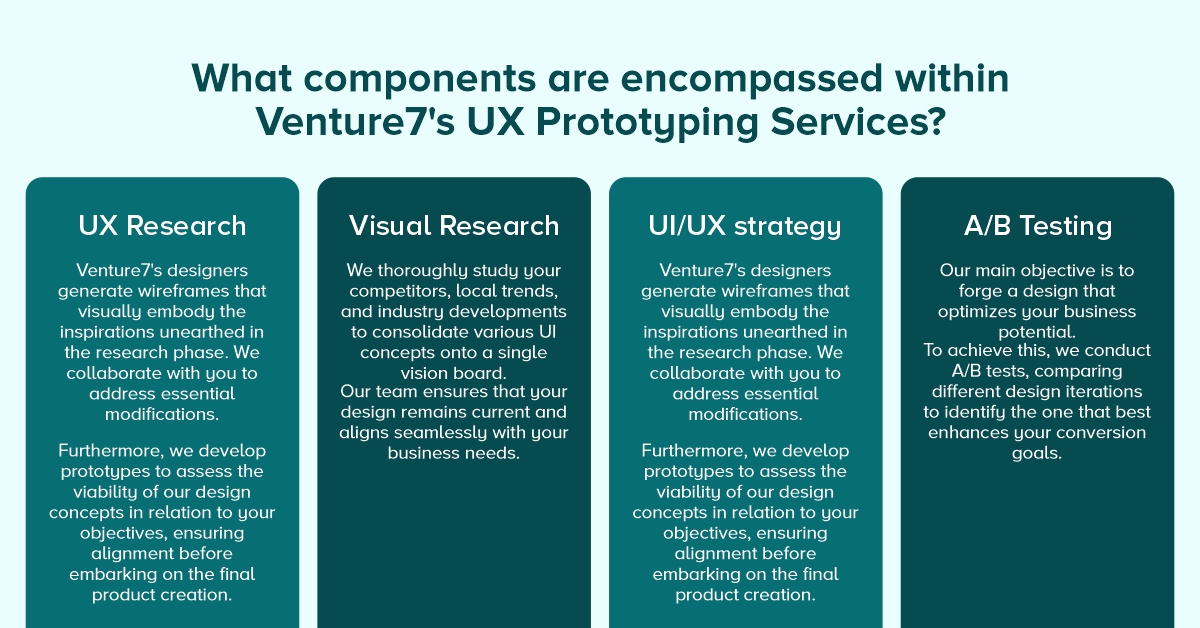
The development stage.
The desired goal.
